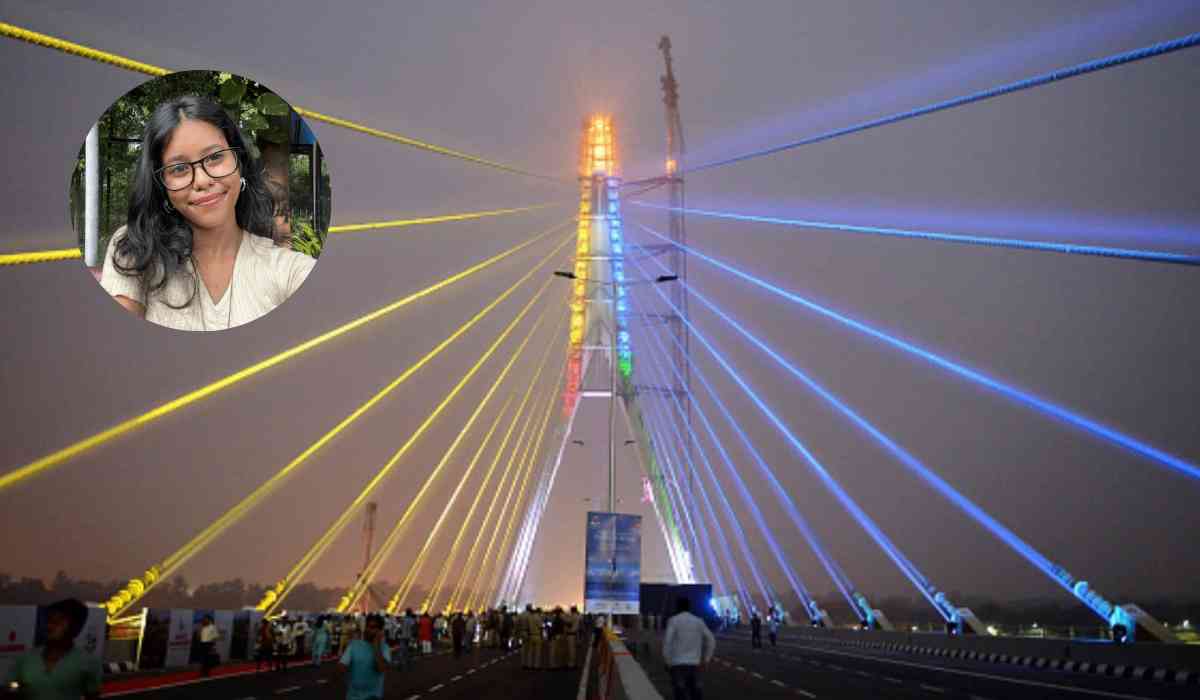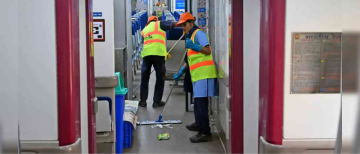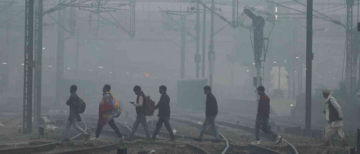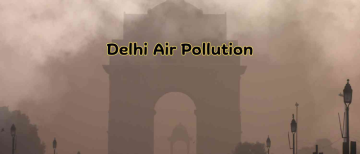In the heart of Delhi stands the Signature Bridge — once hailed as an architectural triumph, now silently echoing the screams of grief-stricken families and the questions of an outraged city. Beneath its cable-stayed grandeur flows not just the Yamuna, but a chilling trail of unanswered cries for safety, justice, and basic human accountability.
In the span of just one week, Delhi’s Signature Bridge witnessed two devastating incidents, Sneha Debnath, a 19-year-old Delhi University student whose body was recovered from the Yamuna River after six days of desperate searching, and Akash, a young man who reportedly jumped into the same river and remains missing. It has not only exposed the glaring failure of public infrastructure but has also reignited deep, painful questions: Why are the lives of our young being gambled at the altar of government apathy?
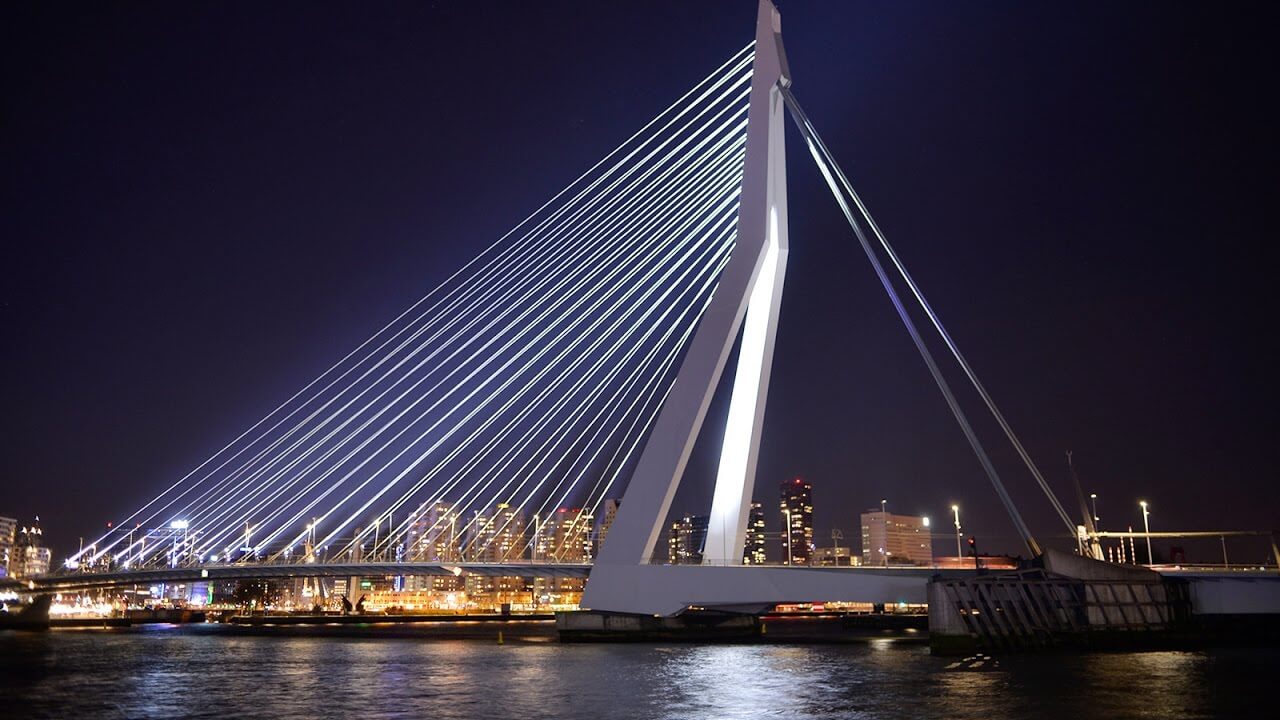
Sneha Debnath: A Young Life Lost Amid Silence and Surveillance Failure
Sneha’s case is both devastating and enraging. A bright student from Tripura, she came to Delhi in pursuit of better educational opportunities. On July 7, 19-year-old Sneha Debnath, a promising student from Delhi University and a native of Tripura, left home at 5:56 a.m. to meet a friend at Sarai Rohilla Railway Station. She never made it. By 8:45 a.m., her phone was unreachable. Concern quickly turned to panic.
Her last known location? Signature Bridge — a place increasingly and disturbingly referred to as a "suicide point", where she was dropped off by a cab. The next six days saw a frantic search by family, volunteers, and police, but it ultimately ended in heartbreak when her body was pulled from the Yamuna.
When her family contacted the cab driver, they confirmed he had dropped her off at the bridge. But what followed was a nightmare of bureaucratic confusion and systemic failure. Not a single CCTV camera on or around the bridge was working. Despite over 15 cameras installed, none captured her movements. Had even one of them been functional, the timeline might have been clearer, or help could have arrived sooner.
No footage. No timeline. No answers.
Her desperate family, left with nothing but hope and heartbreak, launched an online dashboard urging the public for any clues. For six harrowing days, they clung to scraps of information and unverified eyewitness accounts, until the unimaginable became real: Sneha’s body was found floating near the Geeta Colony flyover on July 14.
Her father, a retired Subedar Major who moved his daughters to Delhi to chase dreams and better education, now mourns a child lost not just to fate—but to the system that abandoned her.
"It is unacceptable that in a high-risk area like Signature Bridge, no CCTV cameras are working. My sister was missing, and we have no leads because the only concrete form of evidence—video footage—is simply not available,” wrote Sneha’s sister in anguish.
And she was right. No family should ever have to conduct their own investigation while authorities fumble in darkness—literally and figuratively.
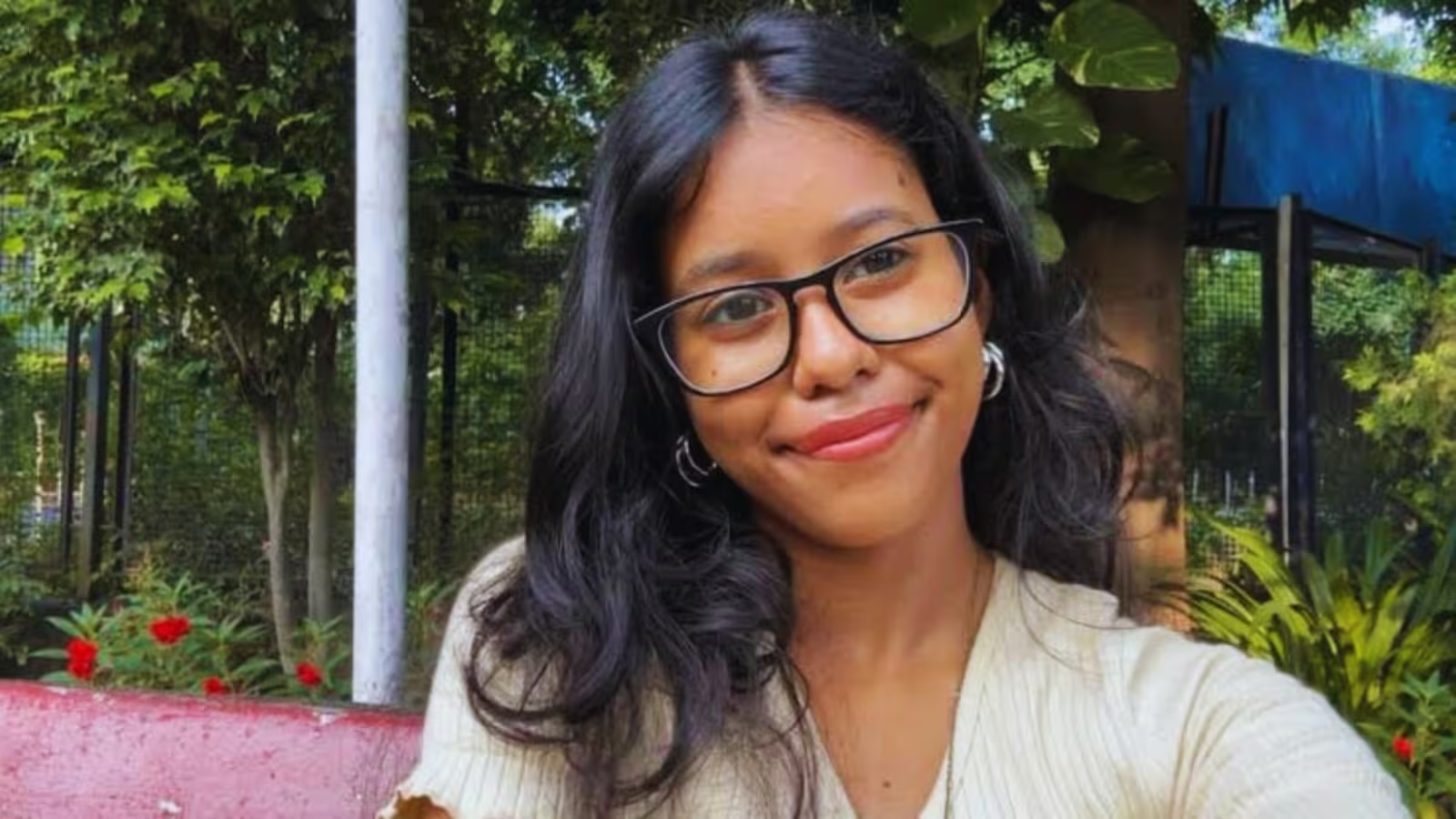
Akash: Another Name, Another Tragedy
While Sneha’s family was preparing for her last rites, another tragedy was unfolding on the same bridge.
On July 15, Akash, a young man from Shiv Vihar, Karawal Nagar, took an auto-rickshaw to the Signature Bridge. Moments later, he sent a friend a chilling message: he was about to jump.
Bystanders witnessed him leap into the Yamuna and alerted police immediately. Local police, joined later by NDRF teams, launched a frantic search that continues to date. But again, with no CCTV footage to rely on, authorities were forced to scan vast stretches of river blindly.
Akash was the only son of his family.
A History Written in Blood and Neglect
Signature Bridge was inaugurated in 2018 with grand ambitions—not just to ease traffic, but to become a cultural symbol, a tourist attraction with a viewing gallery and panoramic deck. Instead, it has emerged as a hotspot for:
-
Suicides.
-
Fatal accidents due to poor signage and road engineering.
-
Illegal stunt performances.
-
Chain snatching and theft.
-
Over-speeding and reckless driving.
-
Selfie deaths and thrill-seeking fatalities.
Within days of opening, two medical students died on the bridge in a bike accident. A day later, another man died after his motorcycle skidded. And yet, no meaningful reform has followed.
Despite its Rs 1,518-crore price tag and status as India’s first asymmetrical cable-stayed bridge, there are no speed limit signs, no railings strong enough to deter jumpers, no posted warnings, no cameras that work, and no clear police presence to enforce basic rules. In fact, large parts of the bridge have been illegally occupied by selfie-takers and thrill-seekers who climb poles and parapets for a viral moment—unchecked, unpunished.
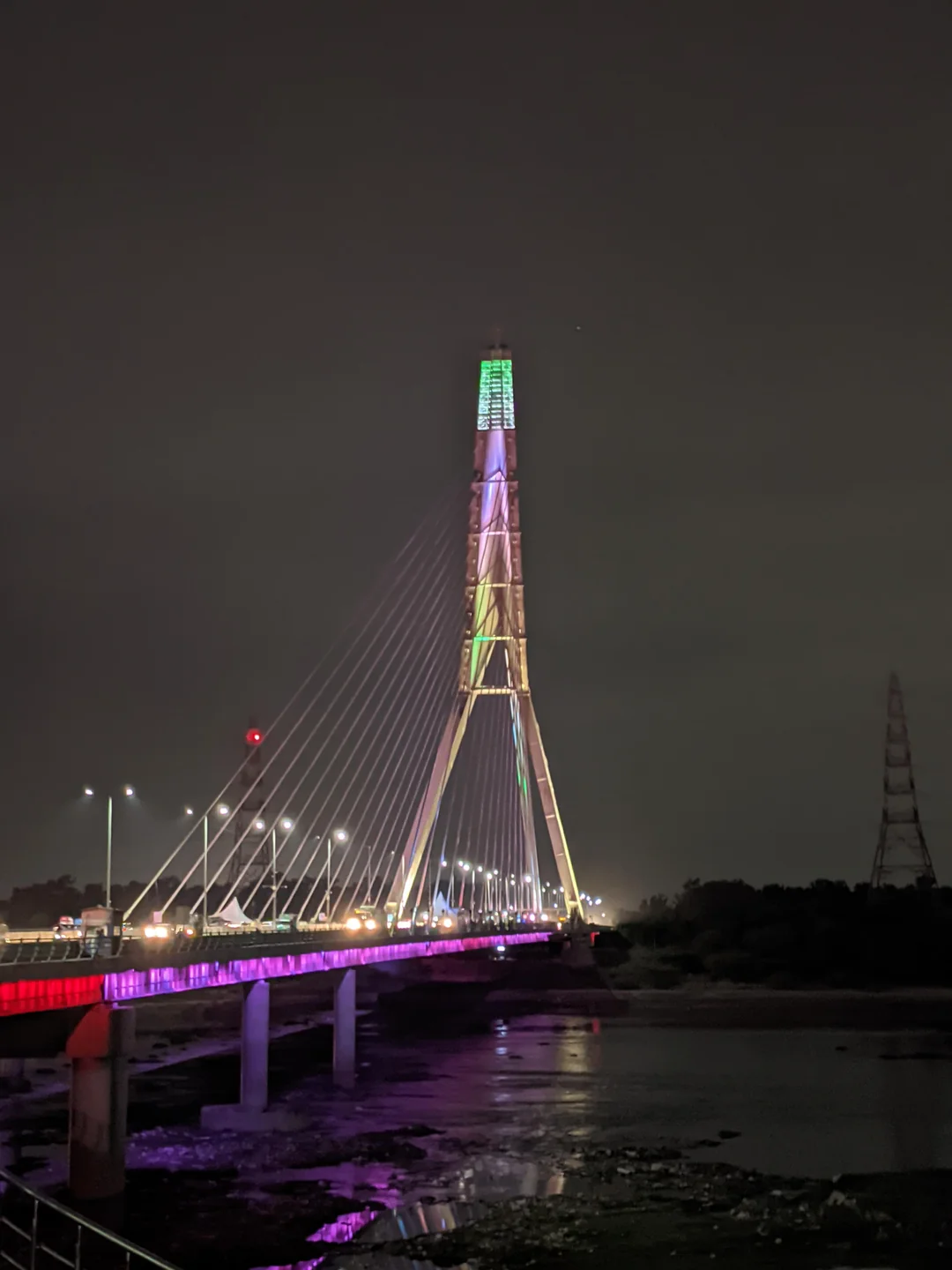
Jurisdictional Chaos and Absentee Policing
It is inconceivable that a high-traffic public structure, marketed as a tourist attraction, remains so criminally neglected. Visitors climb parapets, dangle from cables, and perform illegal bike stunts—all in plain sight.
The Delhi government spent heavily on making Signature Bridge a landmark. But where is the budget for maintenance, safety, and surveillance?
Eyewitnesses repeatedly warn of lone individuals seen standing on the edge. Yet, no security personnel are present.
Safety issues on the bridge have been well documented. Accidents on its steep ramps, chain snatchings on the Usmanpur side, and even illegal stunts and dangerous selfies are commonplace. Yet there’s been little serious effort to enhance surveillance, control illegal parking, or patrol the area effectively.
Perhaps more appalling than the camera blackout is the sheer confusion over who is responsible for what. The Signature Bridge, spanning the Yamuna and connecting Timarpur to Usmanpur, reportedly falls under at least two, if not more, police jurisdictions. Officers themselves admitted to confusion about boundaries. In critical situations, such ambiguity can mean the difference between life and death.
How is this acceptable? How is this not criminal negligence?
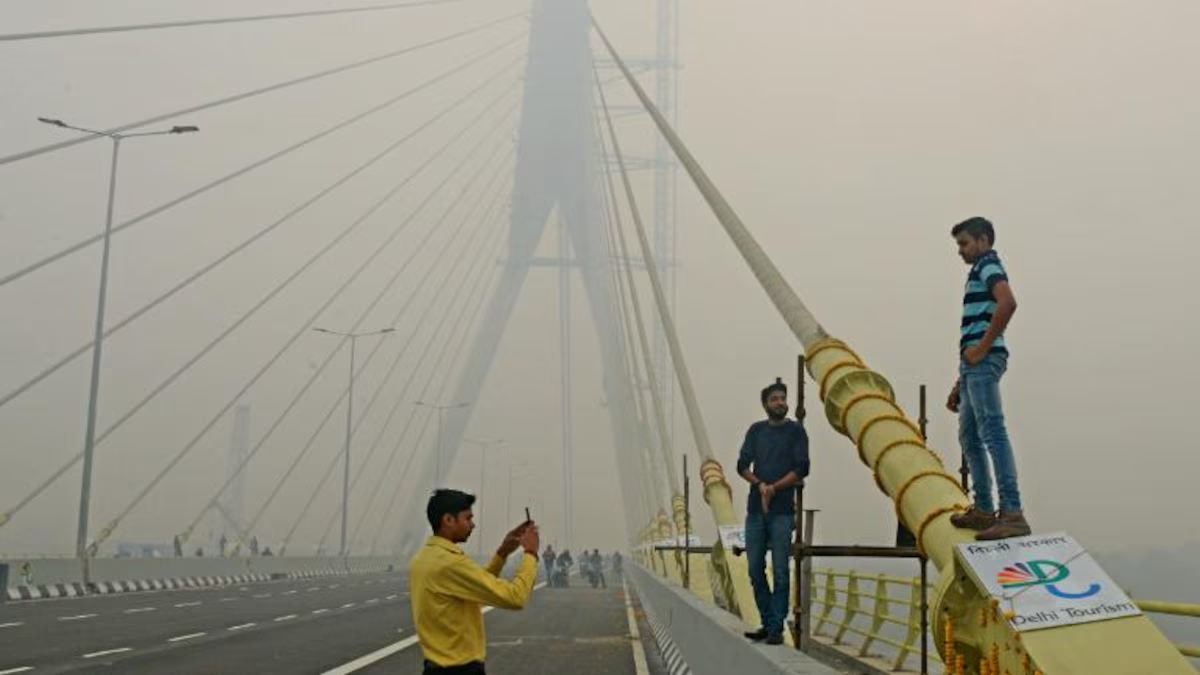
Nation Must Demand Answers Now
Let us not sanitize this with policy-speak. Sneha died because no one cared to maintain the cameras. Akash is missing because no one was watching. Others have died because there were no barriers, no signs, and no patrols.
Citizens of India, and of this country, must ask:
-
Why is a suicide-prone, accident-heavy bridge still functioning without surveillance?
-
Why does it take national media attention and public outrage for even the bare minimum safety protocols to be discussed?
-
Why is a city that boasts of "world-class infrastructure" unwilling to secure its most vulnerable?
-
And the most painful question of all: How many more Snehas must we bury before someone in power acts?
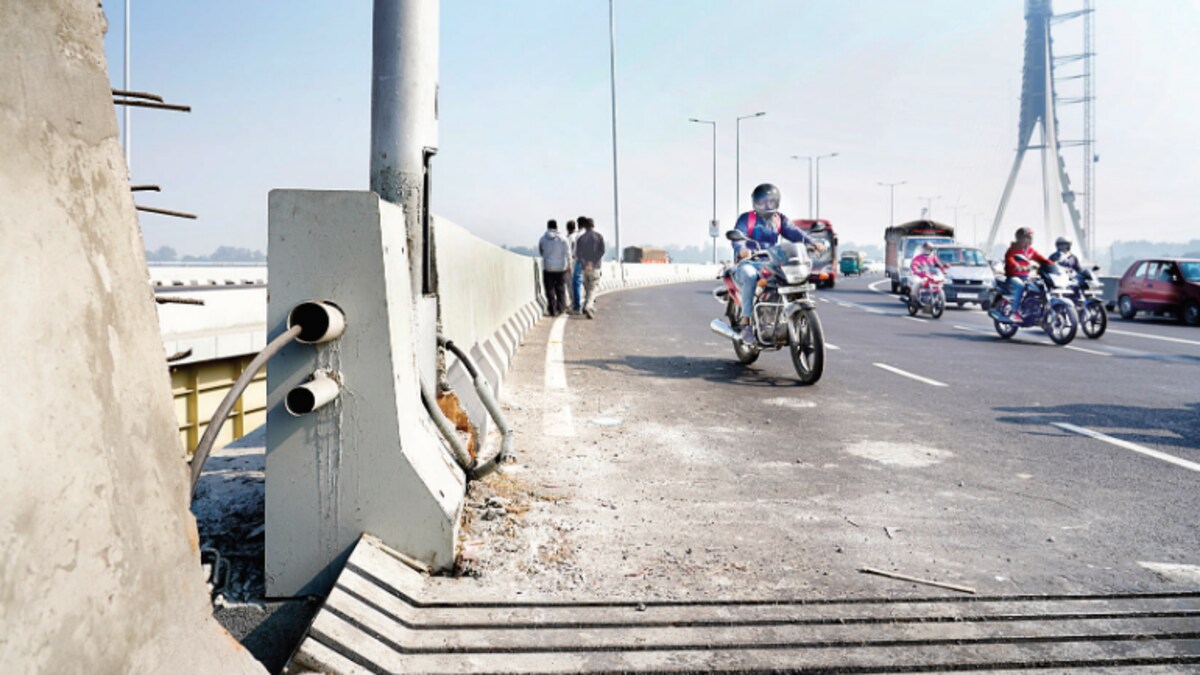
What Needs to Happen Now
The tragedies at Signature Bridge cannot be allowed to fade into another cycle of outrage and amnesia. Sneha’s family is now demanding what should have been in place from day one. Their demands are not unreasonable. They are the bare minimum.
"We are devastated, shocked, and speechless by the death of Sneha who went to Delhi for a bright career,” said her cousin. “Her father, a retired army man, is shattered. They trusted this city with her life.”
The Chief Minister of Tripura, Dr. Manik Saha, intervened during the search and expressed condolences after Sneha’s death. But no similar urgency has come from Delhi’s state government, whose responsibility the bridge squarely falls under.
Concrete steps must follow:
-
Immediate Repair and Activation of All CCTV Cameras: Surveillance is the most basic deterrent and investigative tool. That not a single camera worked is not just a lapse—it’s criminal negligence.
-
Clear Jurisdiction and Patrol Assignment: The Delhi Police must establish a single-point jurisdiction and deploy dedicated personnel to patrol the bridge, especially during early mornings and late nights.
-
Install Physical Deterrents and Signage: Strong railings, suicide prevention nets, warning signs, speed limit boards, and no-parking notices must be prominently displayed and enforced.
-
Public Engagement and Mental Health Support: Hotlines, distress signboards, and mental health awareness must be part of the safety net, especially in suicide-prone areas.
-
Regular Safety Audits: The Delhi government must conduct bi-annual audits of public infrastructure, particularly tourist sites and high-risk zones.
Progress Without Safety Is a Lie
In the name of modernity, we built a bridge that gleams in the sun and lights up the skyline. But what is its worth if it cannot protect the people it serves?
The Signature Bridge should have been a gateway to connection. Instead, it has become a corridor to tragedy.
Sneha and Akash were not statistics. They were young individuals full of potential—lives that mattered, families who believed in a better tomorrow. Their stories, now etched in tragedy, should be the catalyst for urgent reform.
Let these deaths not be another forgotten cry. Let this be the final wake-up call for the Delhi government and law enforcement. Before another family gets a call no parent should ever receive, before another city mourns a child who only wanted to chase dreams, before we let negligence claim one more life.
With inputs from agencies
Image Source: Multiple agencies
© Copyright 2025. All Rights Reserved Powered by Vygr Media.

